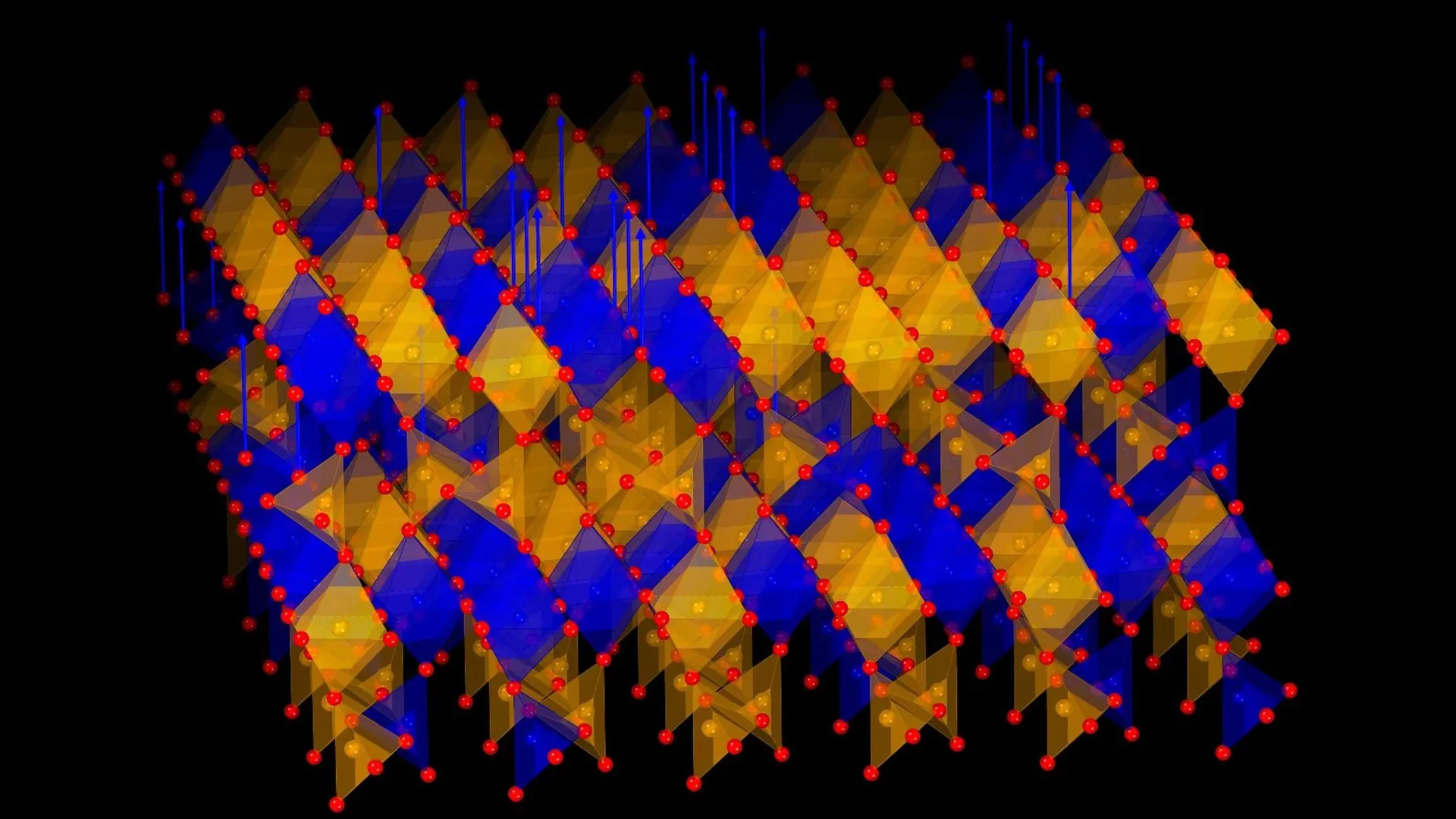Scientists Discover a Crystal That Can 'Breathe'—A Game Changer for Clean Energy!










2025-08-22T04:19:21Z

Imagine a world where materials can inhale and exhale oxygen just like we do—sounds like science fiction, right? But a groundbreaking discovery from a team of scientists in Korea and Japan has brought us one step closer to that reality with a new type of crystal that can actually 'breathe.' This innovative material could revolutionize the clean energy landscape as we know it, impacting everything from fuel cells to energy-efficient windows.
The star of this scientific breakthrough is a specially engineered metal oxide composed of strontium, iron, and cobalt. The true magic of this crystal lies in its ability to release oxygen when heated in a straightforward gaseous environment, only to absorb it back without compromising its structural integrity. This remarkable cycle can be repeated endlessly, opening the door for practical applications in the real world.
The research team is led by Professor Hyoungjeen Jeen from Pusan National University in Korea, alongside co-author Professor Hiromichi Ohta from Hokkaido University in Japan. Their exciting findings were published in the journal Nature Communications on August 15, 2025. As Prof. Jeen aptly puts it, 'It is like giving the crystal lungs; it can inhale and exhale oxygen on command.'
This advancement is particularly significant because controlling oxygen in materials is essential for technologies such as solid oxide fuel cells, which harness hydrogen to generate electricity with minimal emissions. Additionally, this process plays a vital role in thermal transistors—devices that can smartly manage heat flow much like electrical switches—as well as smart windows that adjust their thermal properties based on external weather conditions.
Previously, many materials capable of controlling oxygen were either too fragile or only functional under extreme conditions, like scorching heat. However, the new crystal operates effectively under milder conditions while maintaining its stability. 'This finding is striking in two ways: only cobalt ions are reduced, and the process leads to the formation of an entirely new but stable crystal structure,' notes Prof. Jeen. They further demonstrated that this material can revert to its original state when reintroduced to oxygen, illustrating that the process is fully reversible.
Prof. Ohta adds, 'This is a major step towards the realization of smart materials that can adjust themselves in real-time.' The implications of this discovery are enormous, with potential applications extending from clean energy solutions to advanced electronics and even eco-friendly building materials.
This innovative research was made possible thanks to support from the National Research Foundation of Korea and various other funding entities, emphasizing the collaborative nature of scientific advancement.
 Lars Andersen
Lars Andersen
Source of the news: ScienceDaily